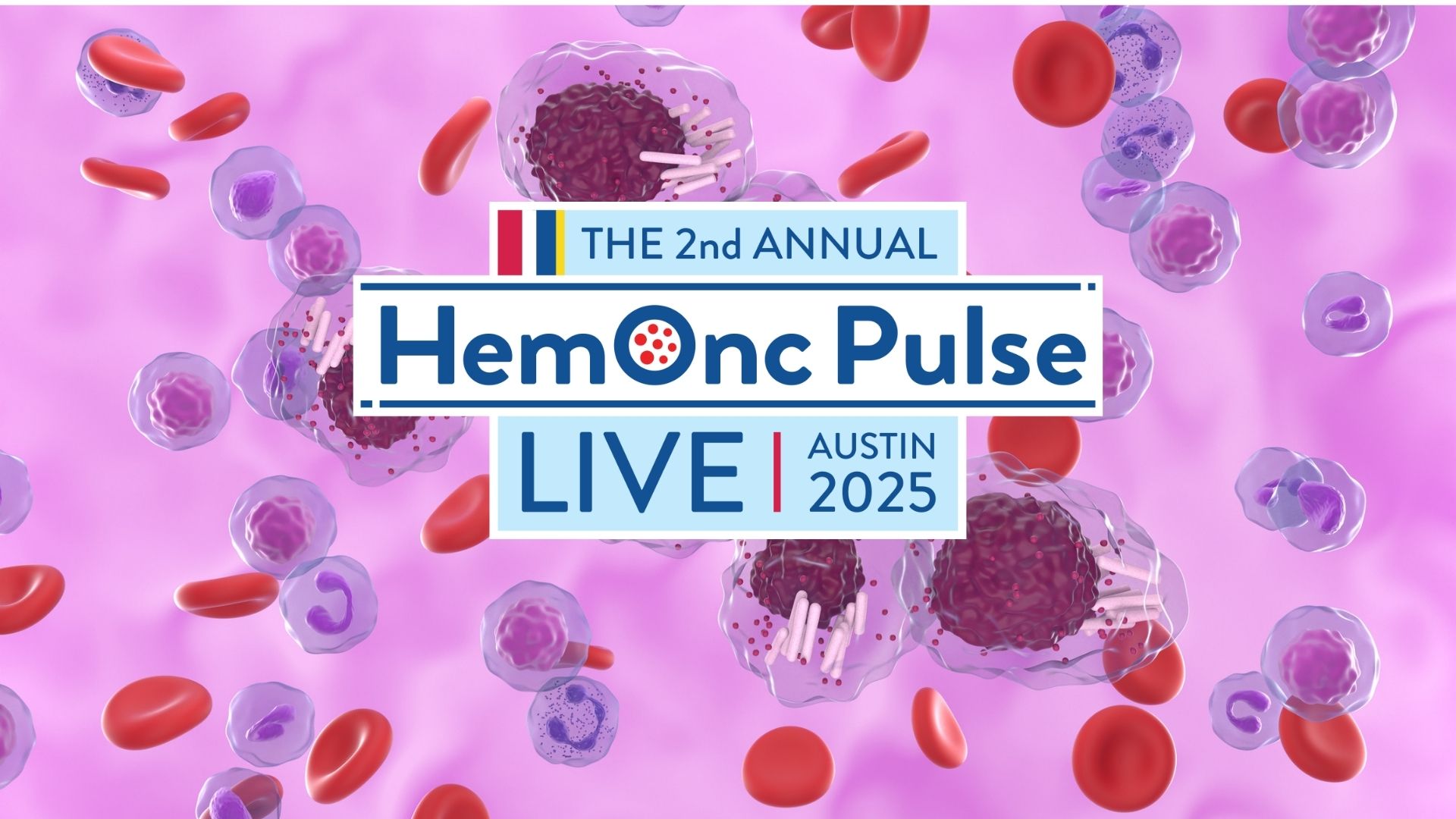
Response-adapted and time-limited therapy with the combination of venetoclax, a Bruton’s tyrosine kinase (BTK) inhibitor, umbralisib, a phosphatidylinositol-3-kinase (PI3K) inhibitor, and ublituximab, an anti-CD20 monoclonal antibody, was “safe and highly effective” in patients with relapsed or refractory chronic lymphocytic leukemia (CLL), including those previously treated with covalent BTK inhibitors, according to a phase I/II clinical trial.
Given the toxicities associated with long-term exposure to PI3K inhibitors, the study’s authors, led by Brian Hill, MD, PhD, from the Cleveland Clinic in Ohio, evaluated the triplet therapy “to optimize disease control while mitigating the risks of prolonged treatment.”
The study enrolled 46 patients with relapsed or refractory CLL and five patients with Richter’s transformation. Treatment continued for 12 cycles, at which point it was discontinued in patients who achieved negative measurable residual disease (MRD) status.
Adverse events of interest included diarrhea in 50% of patients with 11% grade 3 or 4, aspartate aminotransferase (AST) and alanine aminotransferase (ALT) elevation in 15 (33%) patients with three (7%) grade 3 or 4. Investigators stated there were no cases of tumor lysis syndrome related to venetoxclax, and 96% of patients transitioned to outpatient therapy.
In the intent-to-treat population, the overall response rate was 98% and 100% of evaluable patients achieved a response, including 38% complete responses. The rate of MRD negativity at end of treatment was 77%, including a rate of 71% in the 14 patients refractory to BTK inhibitors.
“While the indications for PI3K inhibitor use have been narrowed, these results support the ongoing development of similar combinations to safely maximize the significant therapeutic potential of this class of targeted therapy,” Dr. Hill concluded.
Reference
Hill BT, Ma S, Zent CS, et al. response-adapted, time-limited venetoclax, umbralisib and ublituximab for relapsed/refractory chronic lymphocytic leukemia. Blood Adv. Published online October 23, 2023. doi:10.1182/bloodadvances.2023010693






 © 2025 Mashup Media, LLC, a Formedics Property. All Rights Reserved.
© 2025 Mashup Media, LLC, a Formedics Property. All Rights Reserved.